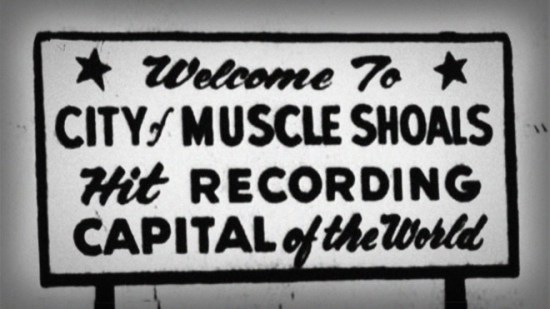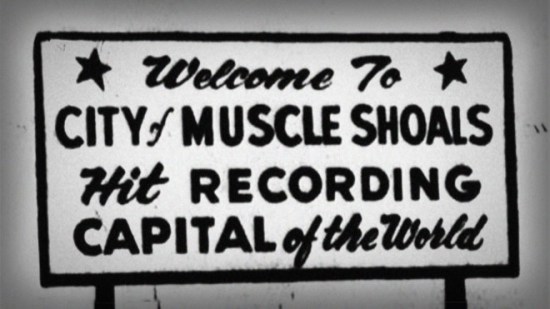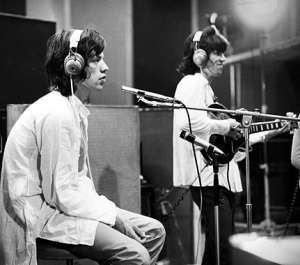

In an obscure northwest corner of Alabama, two hours and change south of Nashville, Tenn., and about twice that west of Atlanta, legends were born. The Muscle buy viagra in jaipur Shoals Sound Studio was a recording mecca for rhythm and blues, rock and pop artists in the ’60s and ’70s.
In 1969, four local session players known as the Muscle Shoals Rhythm Section decided to open up their own recording studio. David Hood, the group’s bass guitarist and studio co-founder, says the studio’s name was a joke of sorts.
“There was a Motown sound, there was a Nashville sound, there was a Memphis sound, and I said, ‘Muscle Shoals Sound,'” Hood tells NPR’s Debbie Elliott. “And we all thought that was just the funniest thing. And then after a bit we thought, ‘Heck, why not?'”
In fact, that sound was already developing in Muscle Shoals at a studio called Fame — the first studio in the region to cut a hit record. That was 1961’s “You Better Move On,” by local bellhop Arthur Alexander, and it was the first of a string of R&B hits recorded there by such artists as Aretha Franklin, Wilson Pickett and Clarence Carter.
Music was Muscle Shoals’ main export to the world in the 1960s and 1970s, to the point that this tiny hamlet (population 11,924) provided the soundtrack to multiple generations. Percy Sledge’s ultimate torcher “When A Man Loves A Woman” and Arthur Alexander’s soulful “You Better Move On” were among the earliest Muscle Shoals hits. Aretha Franklin began her long and successful association with Atlantic Records here. The foundations of modern R&B were cemented with recordings by Wilson Pickett, Otis Redding, Arthur Conley, Joe Tex, and dozens of others. Over the course of 25 years, pop and rock artists, including Bob Seger, the Allman Brothers, the Rolling Stones, and Paul Simon, would record here, drawn by the town’s inimitable collection of musicians and producers.
Muscle Shoals seemed an unlikely place for a celebrity crowd: the nicest hotel was a Holiday Inn, and sometimes the area’s studios would put artists up in mobile homes at the local trailer park. But the music kept the stars coming, and in its heyday in the mid-70s, the area was home to eight studios.
“I think they just got funkier records here than they did anywhere else,” says Fame studio president Rodney Hall. “And it’s a lot more laid back than any other music center in the country.”
Artists from outside the South also found their sound there. Detroit rocker Bob Seger’s signature song — “Old Time Rock ‘n’ Roll” — began as a demo tape at the Muscle Shoals Sound Studio. An engineer’s mistake gave the song its distinctive da-da-da intro. Seger liked the sound and kept it in the final song.
Clarence Carter, who has been recording in Muscle Shoals for nearly five decades, says there’s a vibe in the town that he could never capture when he recorded in California.
“There is some soul in Alabama that you can’t find in Los Angeles,” Carter says.
That sound is a blend of country, gospel and R & B, says Alabama Music Hall of Fame curator George Lair.
“You can draw a triangle from Nashville to Memphis to Muscle Shoals, and while Nashville is the country center, Memphis is generally known as the blues center,” Lair says. “Muscle Shoals, being between those two places, has been able to combine those two styles into a real Southern rhythm and blues that was very appealing.”
Among those drawn to the area was Paul Simon, who came in search of the band behind the recording that many call the essence of the Muscle Shoals sound: “I’ll Take You There” by the Staple Singers. Simon’s collaboration with the Muscle Shoals Rhythm Section produced the hits “Kodachrome” and “Loves Me Like a Rock.”
The Rolling Stones paid a visit in December 1969 in search of R&B inspiration for their Sticky Fingers LP (1971). Steve Appleford, author of a behind-the-recording-sessions look at the Stones called Rip This Joint, describes the visit as “. . . three impossibly productive days within the concrete tomb of Muscle Shoals Sound [which left the Stones] with backing tracks for ‘Brown Sugar,’ ‘Wild Horses,’ and ‘You Gotta Move,’ each song a career-defining anthem.” Though the Stones didn’t use the Muscle Shoals rhythm section, all three tracks were engineered by its guitarist, Johnson.

The Stones’ visit indicated how oblivious Muscle Shoals’ music-makers were to their growing fame within the music business. The Stones didn’t try to fit in with the denim of the Deep South, preferring their flamboyant snakeskin and boas. At a diner a waitress asked if they were in a music group, to which bassist Bill Wyman replied dryly, “Yes. We’re Martha & The Vandellas.” David Hood remembers that despite such obviousness, Atlantic Records had asked the Muscle Shoals studio crew to keep quiet about the Stones’ presence there. “We were naive enough not to capitalize on that,” he says ruefully.
Today the studios are mostly gone, but thanks to a new partnership with rap producer Dr. Dre and his partner Jimmy Iovine, the recording studios in Muscle Shoals are about to be revitalized.
Dre’s company, Beats Electronics, is entering a new partnership with the the renowned Fame Studios in Muscle Shoals to preserve the studio’s history and restore it to its former glory.
The announcement was made on November 26, 2013 and the project includes a massive renovation that would make Fame a fully-functional studio for the first time in years.
The studio will serve as a proving ground for up-and-coming young aspiring musicians, producers and engineers.
